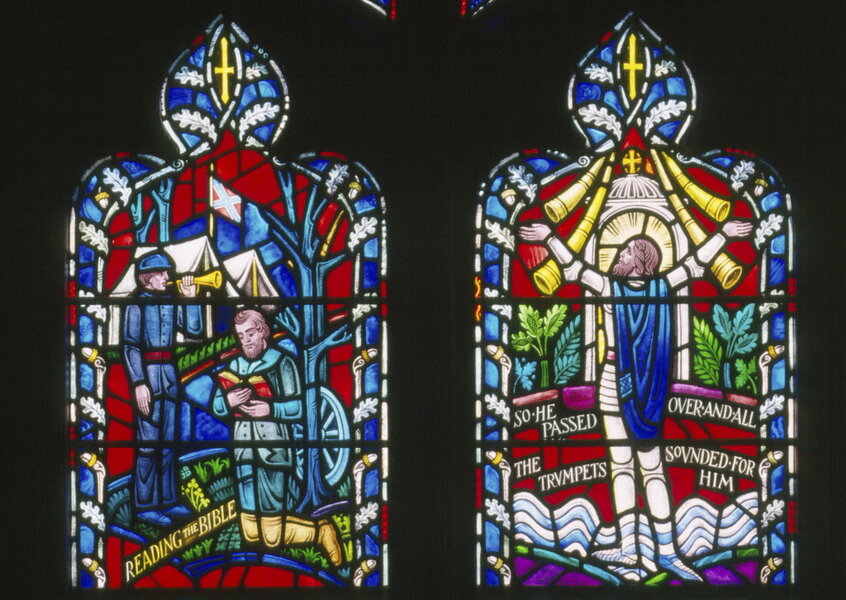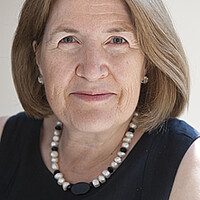National Cathedral weighs removing images of Confederate generals
Loading...
| Washington
When the National Cathedral installed stained-glass windows honoring Confederate Gens. Robert E. Lee and Thomas “Stonewall” Jackson in 1953, leaders called it an act of reconciliation and healing.
Now, the call in 2015 to remove the windows, in response to the Charleston, S.C., shootings at a black church, is also seen as a step toward reconciliation – not between North and South but between races.
After the shootings in the Emanuel African Methodist Episcopal Church June 17, the cathedral tolled its massive mourning bell nine times for each victim. The next Sunday, the Very Rev. Gary Hall, dean of the National Cathedral, told the congregation the cathedral was moving its “work on racial justice to the very top of our mission agenda.”
But he wrestled with how to make that commitment real. The windows became a “teaching moment,” he says. He wasn’t even aware of the Confederate images until he started receiving e-mails after the shootings, he says. What struck him was the absence of any mention of the “sin of slavery.”
The carved inscription under the Lee window, for example, reads: “a Christian soldier without fear and without reproach.”
“I’m not saying that Robert E. Lee or Stonewall Jackson were not pious persons, but do we want to honor them in this space? The cause they fought for is wrong,” he said, after a sermon on July 4.
A decision on the windows is expected to take a year. “We’re using this as a launchpad for a larger discussion about race in America,” says Kevin Eckstrom, spokesman for the cathedral.
“These windows have created a difficult conversation, but it’s symbolic of the difficult conversations we’re going to have to go forward,” says Kelly Brown Douglas, an Episcopal priest and professor of religion who is working with the cathedral to develop a dialogue with the black community. Dr. Douglas, who teaches at Goucher College in Baltimore, says the church has an essential role to play in overcoming racial conflict.
The faith inspired by church was what “led the people of Charleston to be able to forgive Dylann Roof [the shooting suspect]. The forgiveness was not about him; it was about them. They freed themselves from the cycle of hate,” Douglas says.
Now, the National Cathedral wants to be an active part of that cause. “We typically don’t have a lot of black people who worship at the cathedral because the thought is, ‘There isn’t something there for me,’ ” Douglas says. “Now, the thought is: Maybe the cathedral is going to write a different narrative.”








